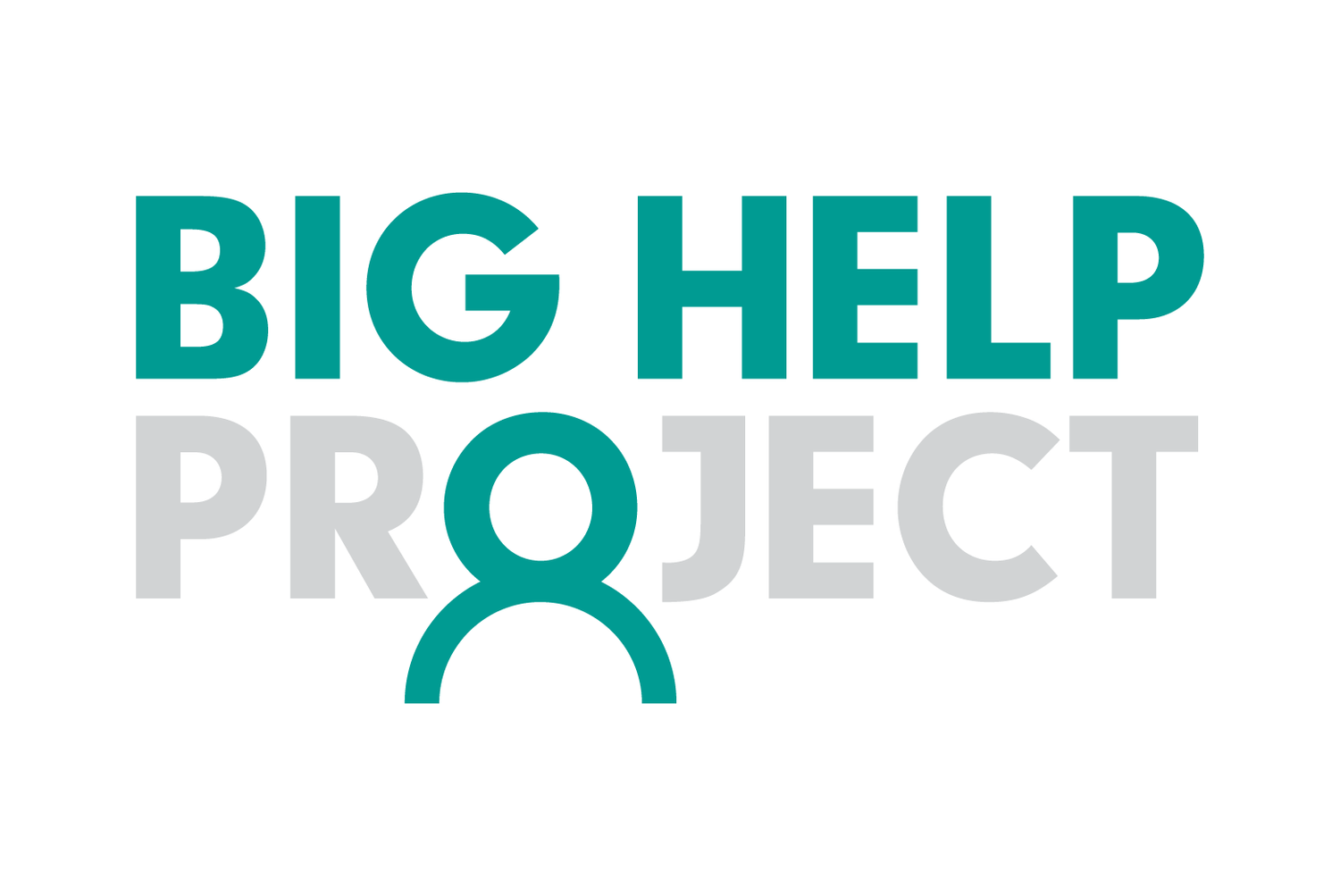A decade later, youth homelessness has only gotten worse
We compared research and statistics from 2008 to that from this year, and there hasn’t been much improvement.
Studies compared from Joseph Rowntree Foundation and Centrepoint.
By now, you may think – or hope – that an increased awareness of the issue of homelessness in the UK would prompt significant change. In comparing research from 2008 and 2022, it’s evident that things have changed; just not for the better.
When looking a decade back, there is a significant amount that has remained a barrier for both young people experiencing homelessness, but also for those accountable for the research.
One of the starkest facts in this comparison is the number of young homeless people in the UK, a number which has almost doubled since 2008. With issues regarding measurement in mind, there were reportedly 75,000 young people experiencing homelessness in the UK in 2006/7. In 2021/22, a total of 112,500 young people had presented as homeless or at risk of becoming homeless to their local authorities.
Now, there are issues as aforementioned with the way in which the scale of youth homelessness is measured, and how accurate it is. In the space of twelve years, there remains no reliable way of calculating a good estimate that can reflect the enormity of the issue without relying on the presumption that all young homeless people will, can, or know how to reach out for help. Joseph Rowntree’s 2008 research reported that existing data on youth homelessness ha[d] significant limitations due to the fact that it was only possible to count those who had been in contact with services. Similarly, the 2022 Centrepoint paper also stated that their estimate likely underrepresented the real size of the issue as it only accounts for those who had sought support from local authorities, making it difficult to formulate accurate levels of aid and attention that should be directed towards this demographic – or which specific demographics to target for the sake of prevention.
Reasons for youth homelessness have also remained very similar. In 2008, the main trigger reported was relationship breakdowns, predominantly with parents or step-parents. Likewise, in 2021/22, the highest percentage of young people’s reason for becoming homeless was because their family were no longer willing or able to accommodate them, amounting to 46% of young homeless people’s reasoning. In addition to that, there have reportedly been increased numbers of young people facing homelessness due to domestic violence, particularly in young women who are five times more likely to be homeless or at risk than young men due to domestic abuse. This cause amounts to 11%.
More to this, the 2008 study stated that those from disadvantaged socioeconomic backgrounds – or experiencing disruption from trauma in childhood – are at an increased risk of experiencing homelessness. In the more recent study, there was no direct mention of socioeconomic factors’ impact on the issue. However, Centrepoint did state that the North West specifically recorded a 6% increase in youth homelessness – from 16,000 to 17,000 –, making it the second highest figure behind London. In itself, this infers socioeconomic factors when coupled with the North West’s worsening socioeconomic status. According to University College London, and the All Together Fairer review by Sir Michael Marmot, Merseyside and Cheshire, have areas of both “substantial wealth and substantial deprivation”; issues which have increased following a decade of austerity policies, the pandemic, and the cost-of-living crisis.
On a positive note, there has been increased intervention enforced and increased responsibilities given to local authorities between the publication of each piece of research. In 2008, the Joseph Rowntree study stated that there was a lack of suitable emergency accommodation and options following the individual reaching out for help. In 2017, the Government published a guideline setting out expectations of local councils, stating that; “if there is reason to believe that they may be homeless or threatened with homelessness”, the local authority must carry out an assessment to verify the eligibility of the person. Also, local authorities have a duty of responsibility to secure permanent accommodation for unintentionally homeless people in priority need.
Big Help Project have a dedication to aiding those who are or at risk of becoming homeless. If you need assistance, you can visit our housing aid options here.


